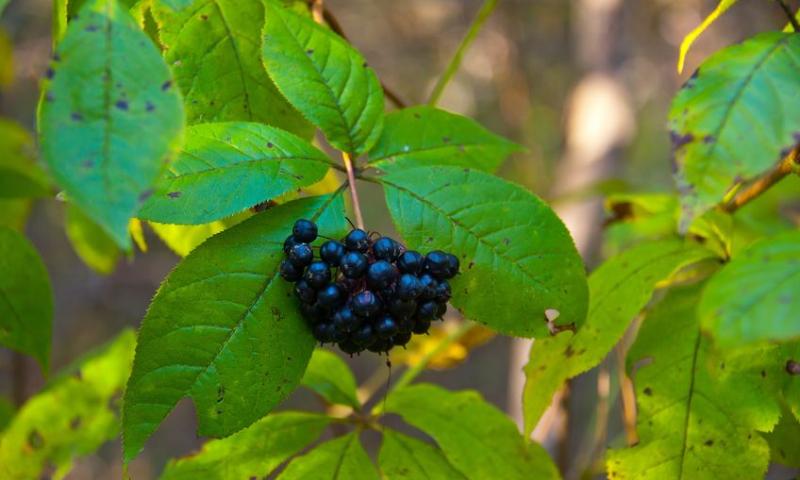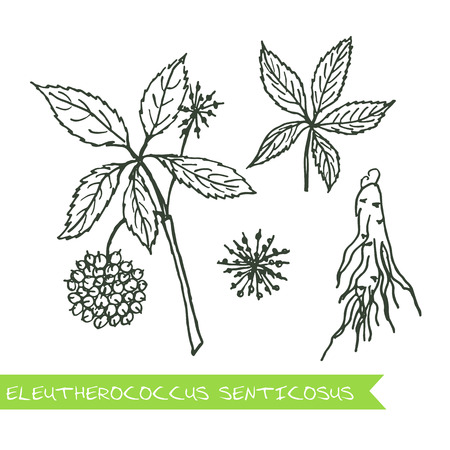 />
/>
Latin Name: Eleutherococcus senticosus
Common Names: Siberian ginseng, eleuthero, ciwujia, Devil's shrub, shigoka, touch-me-not, wild pepper, or kan jang
Family: Araliaceae
Genus: Eleutherococcus
Part used: root, leaves, rhizomes
Botanical information: shrubby plant reaches a height of 3-5 m, sometimes 7 m. The stem ramifies poorly and is covered with spines, small leaves of five-membered compound leaves resemble cherry leaves. The compact yellow flowers are collected in spherical inflorescences; fruits are black and aromatic.
Distribution Area: It grows in Korea, Japan, northeast China and the Russian Far East.
ACTIVE SUBSTANCES OF ELEUTHERO
Most often roots and rhizomes of this shrub plant are harvested in autumn. The roots contain many useful active substances, for example eleutherosides, or, as they are also called, glycosides. Concomitant substances are essential oils (up to 0.8% of dry mass), starch, lipids, gums, vegetable wax, coumarin derivatives, resins, glucose, pectin and tannic compounds. In autumn, before the leaf fall, they reach a maximum concentration. The leaves contain vitamin C, oleic acid and beta-carotene.
The dried roots and rhizomes contain many important constituents. These include saponins, oils and phytosterol, carbohydrates sugars, organic acids, nitrogenous substances, amino acids and peptides, vitamins and minerals, and certain enzymes. No alkaloids are detected.
“The wish for healing has always been half of health”
Lucius Annaeus Seneca
*This article is for informational purposes only. We suggest consulting with a physician before using these or any other herbal supplements.
